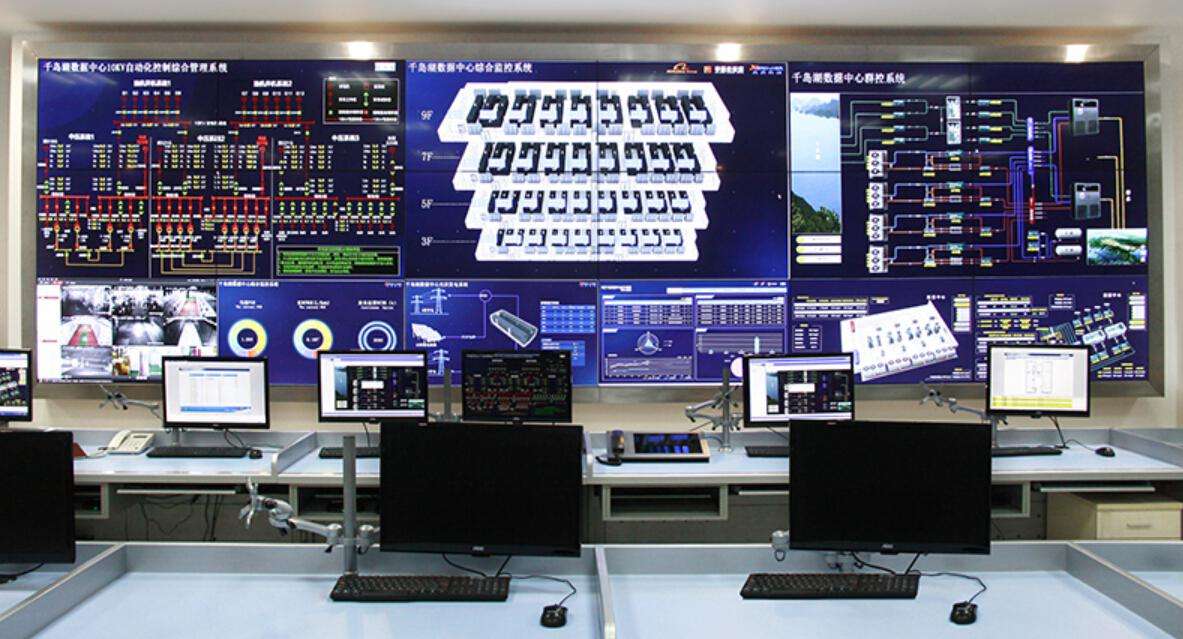The rising ARM architecture in global data centers and cloud computing field, with its low power consumption and high performance characteristics, is leading the trend in technology architecture and has made a significant contribution to the sustainable development of the ecosystem.

Around 2013, with the emergence of the digital transformation needs of government and enterprise customers and the rise of mobile internet services, the function and role of data centers have undergone significant evolution. Security compliance and business agility have provided impetus for the migration of mobile services to the cloud. The outbreak of the COVID-19 pandemic further confirmed the value of the cloud, as on-demand and flexible cloud models helped mobile businesses achieve cost-effectiveness and business flexibility.

Currently, the main business model of mobile applications is to deploy, access, and enjoy services through cloud data centers. In the field of mobile terminals, ARM architecture has overwhelming market and technical advantages, while in the global data center server chip market, the market share of x86 architecture chips exceeds 99%, and a unified standard has been formed at the software and hardware development level, with perfect development tools and a widely compatible enterprise application ecosystem.

During the process of migrating mobile applications to the cloud, in order to meet the different scenario requirements of ARM and x86 architectures, cloud data centers have begun to build a multi-architecture with composite computing power, allowing suitable applications to run on appropriate computing power to reduce the computational power loss when CPU instruction sets flow between different architectural platforms. Software developers for mobile applications have also started to consider the ARM ecosystem, with support for ARM-related underlying operating systems and upper-level business applications gradually increasing. For example, the three major Linux distributions - Ubuntu, SUSE, and Red Hat - have already released operating system versions that support ARM
